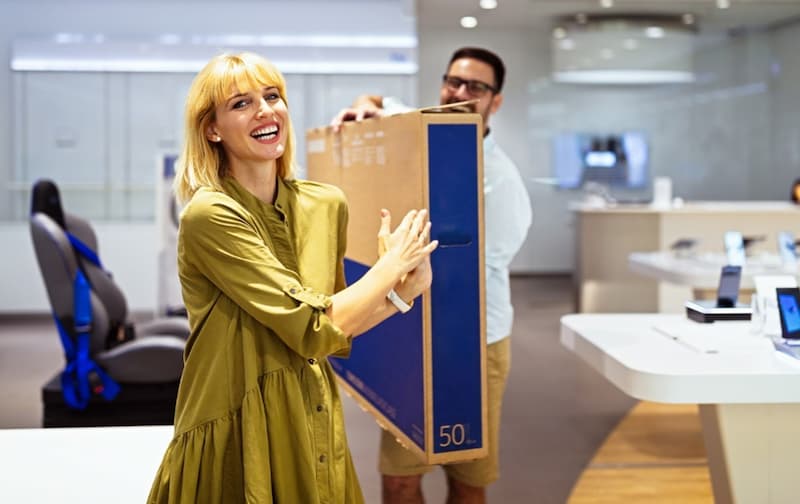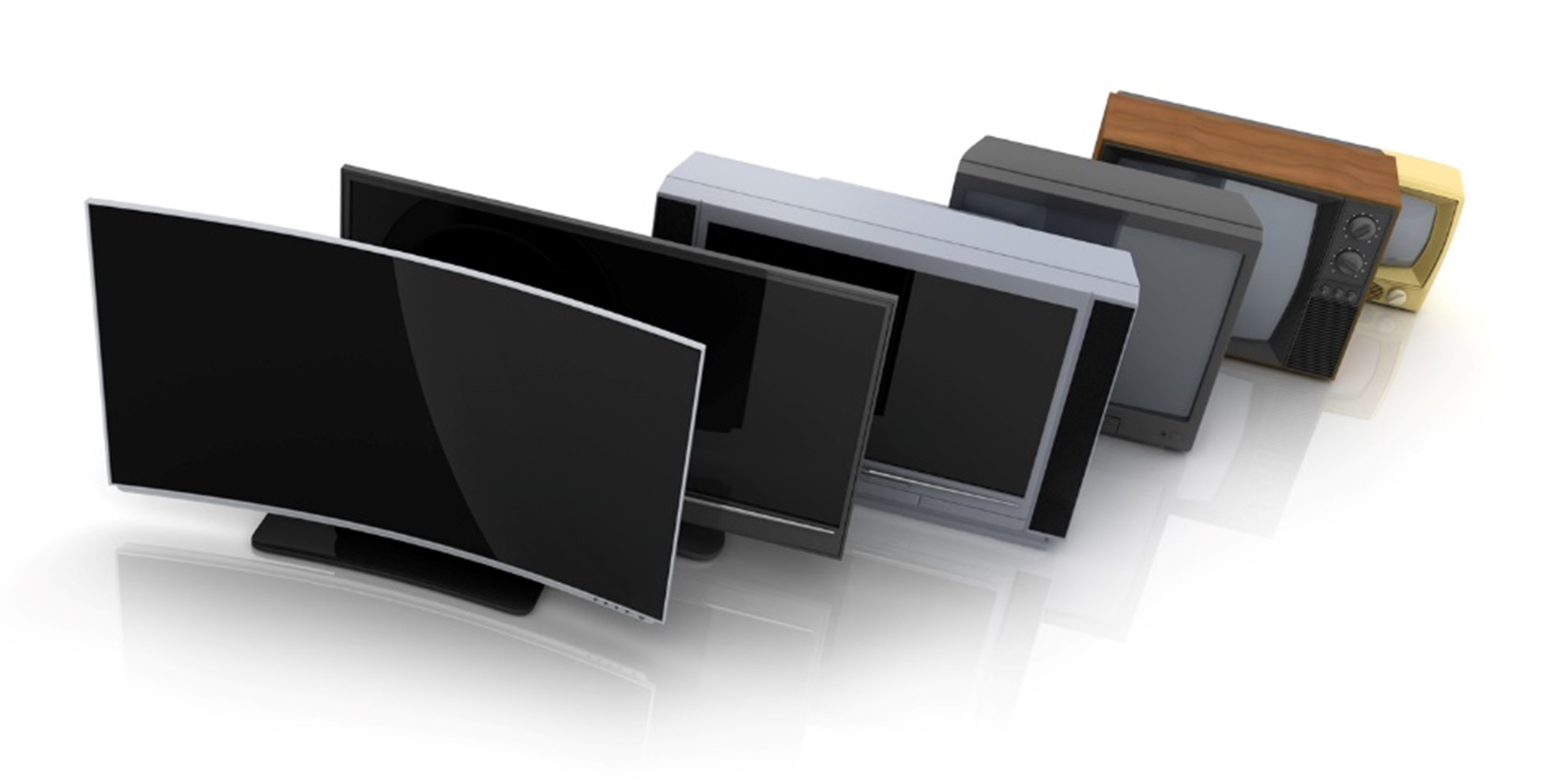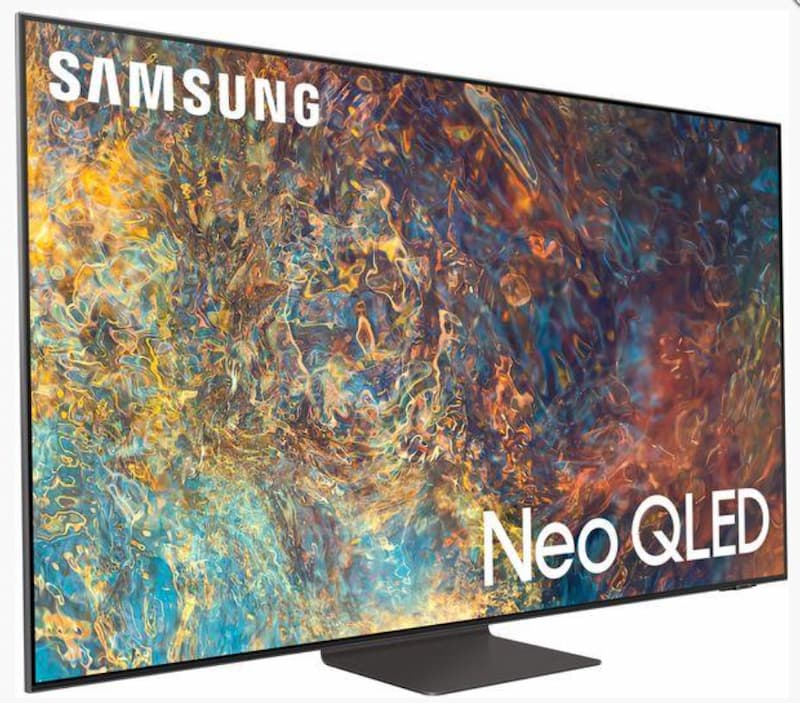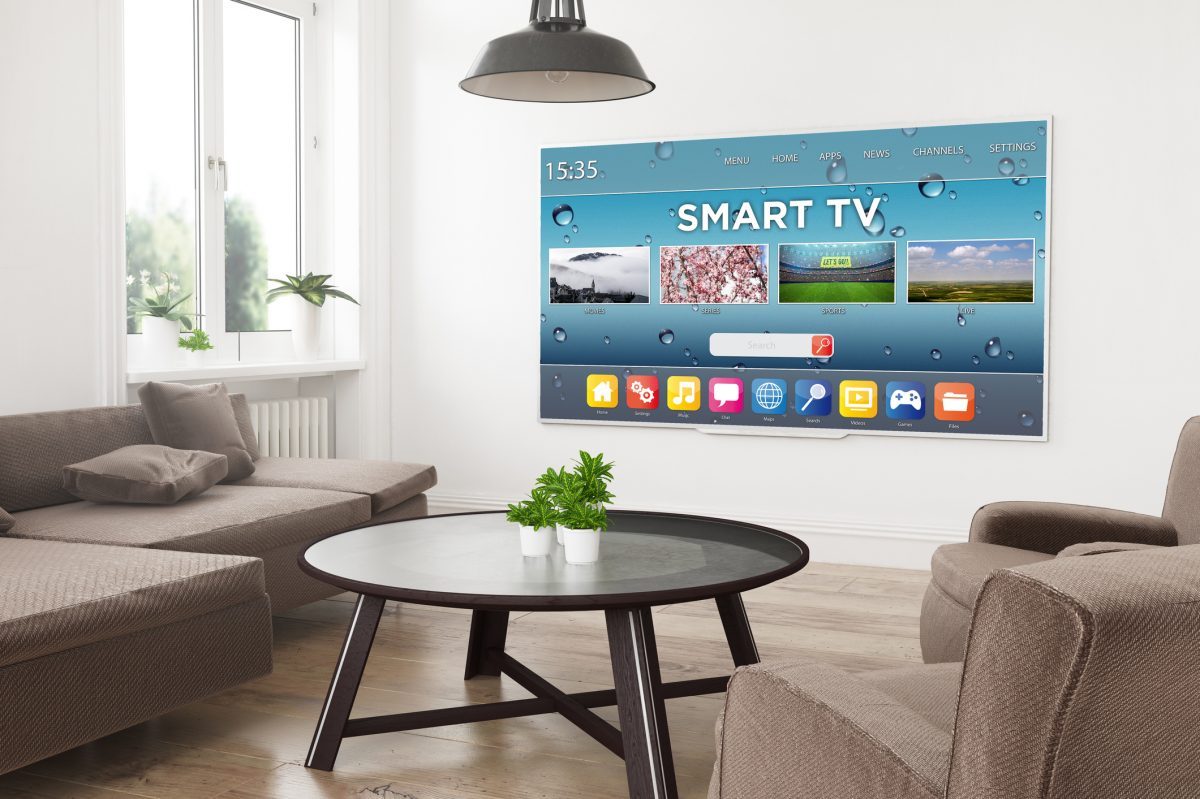The world of technology is growing at an incredible rate, and with that, so is the terminology. From the various types of displays to the sizes and much more, knowing what you want is not as easy as it used to be.
To help with your next TV purchase, we have collated numerous questions we are often asked about TV displays. Offering explanations in layman’s terms, by the time you finish this blog, finding your next TV will be a breeze. So, whether you are looking for a cheap OLED TV or a cheap QLED TV, know exactly what it all means in our display technology guide.
What’s the Difference Between OLED and QLED?
To create a display, OLED displays have each pixel offering its own light source. This allows more access to shades and colours and can create depth and detail better than most other LED screens. Whereas QLED uses the standard process of LED displays with a backlight to illuminate each pixel. An extra layer is placed between the backlight and the display, which contains an array of quantum dots, which add more detail to the colours displayed and allow for a broader range of colours and shades.
What Is Nano Cell Technology?
Nano cell is exclusive to LG TVs as it was developed by LG electronics and offers significant benefits to a TV screen. In LED TVs, the display comprises individual pixels that use a backlight to create the image. However, Nano cell TVs from LG use nanometre-sized particles, which is where the name comes from, which makes a more detailed picture.

Does the Viewing Angle of a TV Matter?
Yes. Each TV is different, and depending on whether you have a LED, QLED, OLED, 4K or HD TV, you may have a smaller or larger viewing angle than another device. For most TVs, there will be an ideal viewing angle in which you can sit before the picture becomes distorted. It can also cause eye strain if you sit too close to the TV, so remaining at the optimal distance is essential for your eye health and viewing experience.
| Viewing Distance for 4K TVs | Viewing Distance for HD TVs | ||||
| 43 inches | 90 cm | 32 inches | 1.2 meter | ||
| 55 inches | 1 meter | 40 inches | 1.5 meter | ||
| 65 inches | 1.2 meter | 43 inches | 1.7 meter | ||
| 75 inches | 1.4 meter | 50 inches | 1.9 meter | ||
| 85 Inch | 1.6 meter | 60 inches | 2.3 meter | ||
What Is Local Dimming?
Local dimming is a feature found in many QLED TVs to help offer a better depth, with truer blacks and better contrasts. This function adjusts the brightness of the backlight to suit the onscreen content. The screen is divided into zones and, therefore, can be adjusted independently to suit the needs of the image. Dimming the backlight of the TV allows for deeper colours, better contrast and ultimately, a more vivid picture. However, it does come with its faults and has been known to cause motion blur and halos around very bright objects on the screen.
What Is HDR, and Do I Need It?
HDR stands for High Dynamic Range, a technology used in many TVs to provide the screen with a broader range of colours, brightness, and contrast. HDR TVs can offer more depth and shade to a picture to make it look much more accurate and life-like. HDR comes in a variety of formats depending on which TV you purchase. If you are looking for a device which will offer you an incredible picture along with all the other technologies, then these terms are what you need to look for:
- HDR10
- Dolby Vision
- HLG
- HDR10+
What Does a Higher Refresh Rate Do?
The refresh rate of a TV relates to how quickly the device updates the image. It is usually measured in hertz(Hz), and the term is interchangeable with frame rate or frequency. Each image displayed on your TV is made up of data, and the quicker the screen refreshes that data, the better image you achieve, reducing blur and offering a more detailed picture. Although it may not be as noticeable in a smaller TV, purchasing a larger display with a high refresh rate is optimal for quality content. If you are an avid gamer or looking for the best TV for action films, we recommend looking for devices with 120Hz or higher.

What Is the Difference Between Gloss and Matte Screens?
Matte and gloss screens refer to how they manage glare and reflection. A matte screen has a more textured finish than a glass one, which helps to defuse the light hitting the screen. This function allows the onscreen picture to be much more visible and is ideal within environments that can be in direct view of natural light. For example, if you have a sunroom or a space with large windows, the sun’s rays may prevent you from seeing the screen. However, a matte screen significantly reduces this compared to a gloss screen. Although these matte screens are ideal for a brighter environment, there are some issues with the screen quality. For example, the picture has less brightness, and colours may not be as vivid as in a gloss-finished display. Always consider what’s more important when looking for a TV; if daylight is a severe issue, a matte screen will help.
What Are the Benefits of 4K?
4K has been around for many years, but many users still don’t quite understand how much 4K can improve their TV, even when purchasing a cheap 4K TV. This standard of display can offer higher resolution, increased detail, better colour and contrast, and if you have a smart TV, any content which may not be in 4K, your device will upscale scenes to near 4K quality. All in all, when it comes to finding your next TV, 4K is the standard which will be used broadly across many platforms, so it will suit any future content as it begins growing in development.
Should I Buy an 8K TV?
Again, 8K is not new technology, so an array of 8K TVs is already on the market. Whilst there is nothing wrong with buying these TVs, there is one significant issue worldwide; the lack of 8K content. Unfortunately, most broadcasters, producers and content creators are still developing their content to be suitable for 4K formatting, which is taking longer than expected. However, until most industries have thoroughly explored this, we imagine it could be a while off before 8K content begins dominating the various broadcasting and streaming platforms. Despite this, if you are looking to invest in a TV that will last for a significant time, picking up a cheap 8K TV will put you in good stead when the formatting takes off. So, if you aren’t planning on buying a new TV for several years, an 8K TV may be a way to keep up with future display technology.

Need Help Finding a TV to Upgrade to?
As experts in discount TVs, we know how confusing the world of technology can be. From OLED, QLED and even QNED TVs, knowing what it all means can become challenging and a bit overwhelming (even for some of us that know a thing or two about TVs). So, if you have difficulty getting your head around what you need to know, look through our TV blogs. We have a plethora of knowledge, tips and explanations that will make you feel like a TV expert in no time.
However, if you are still struggling with finding the right TV for you, why not pop into our showroom in Birmingham, where we have a team of experts who will find you the perfect TV for any budget?








